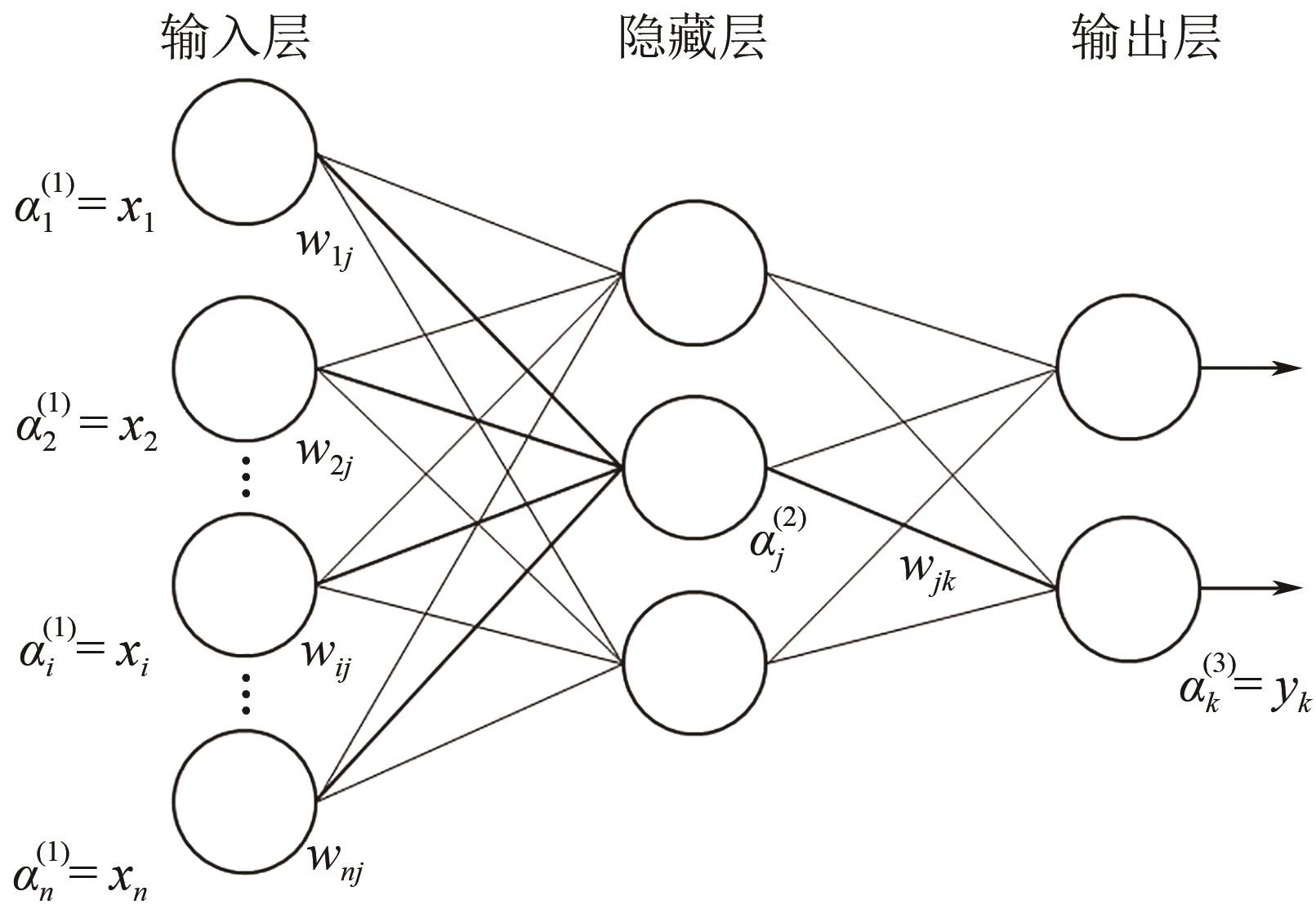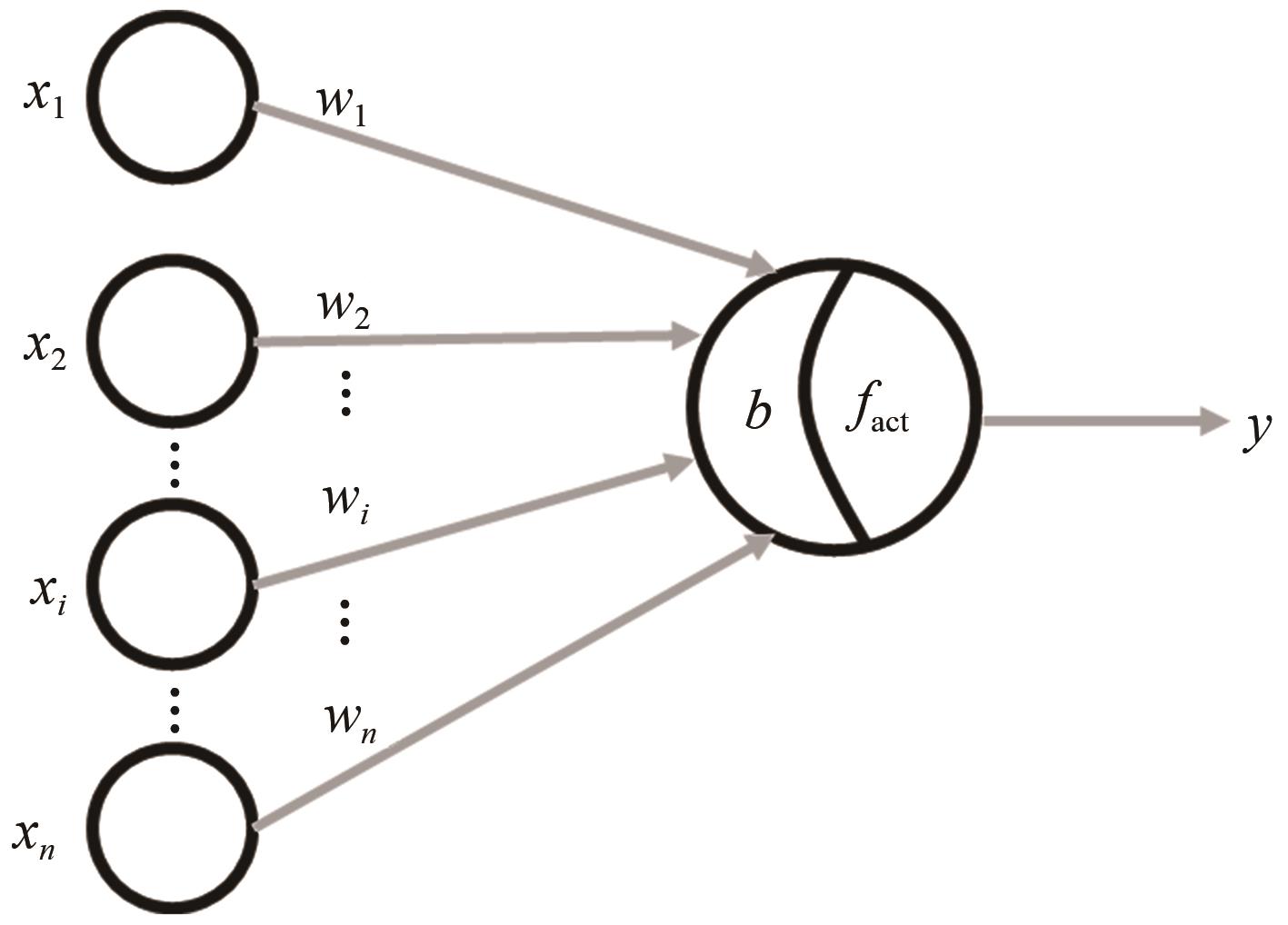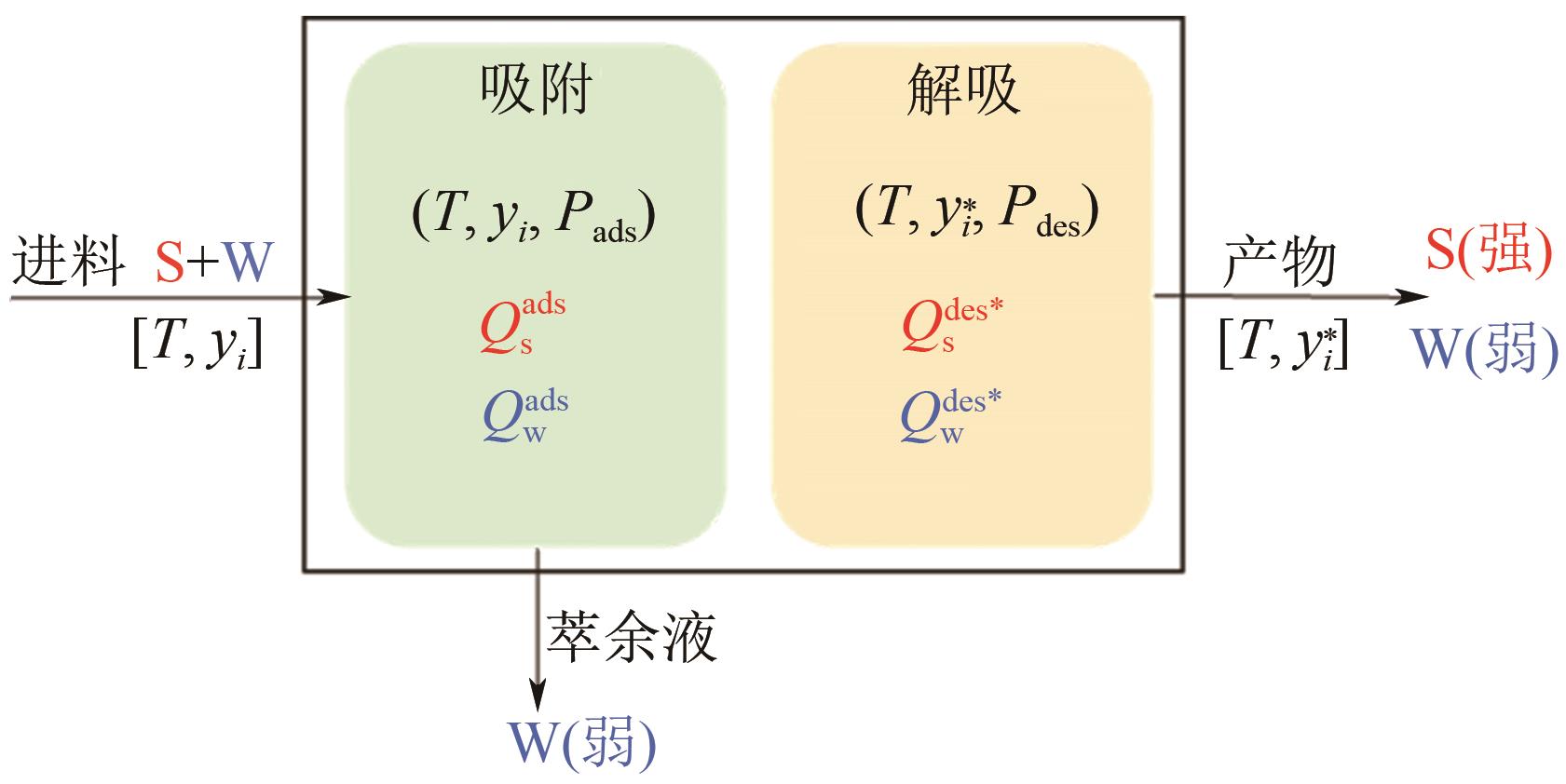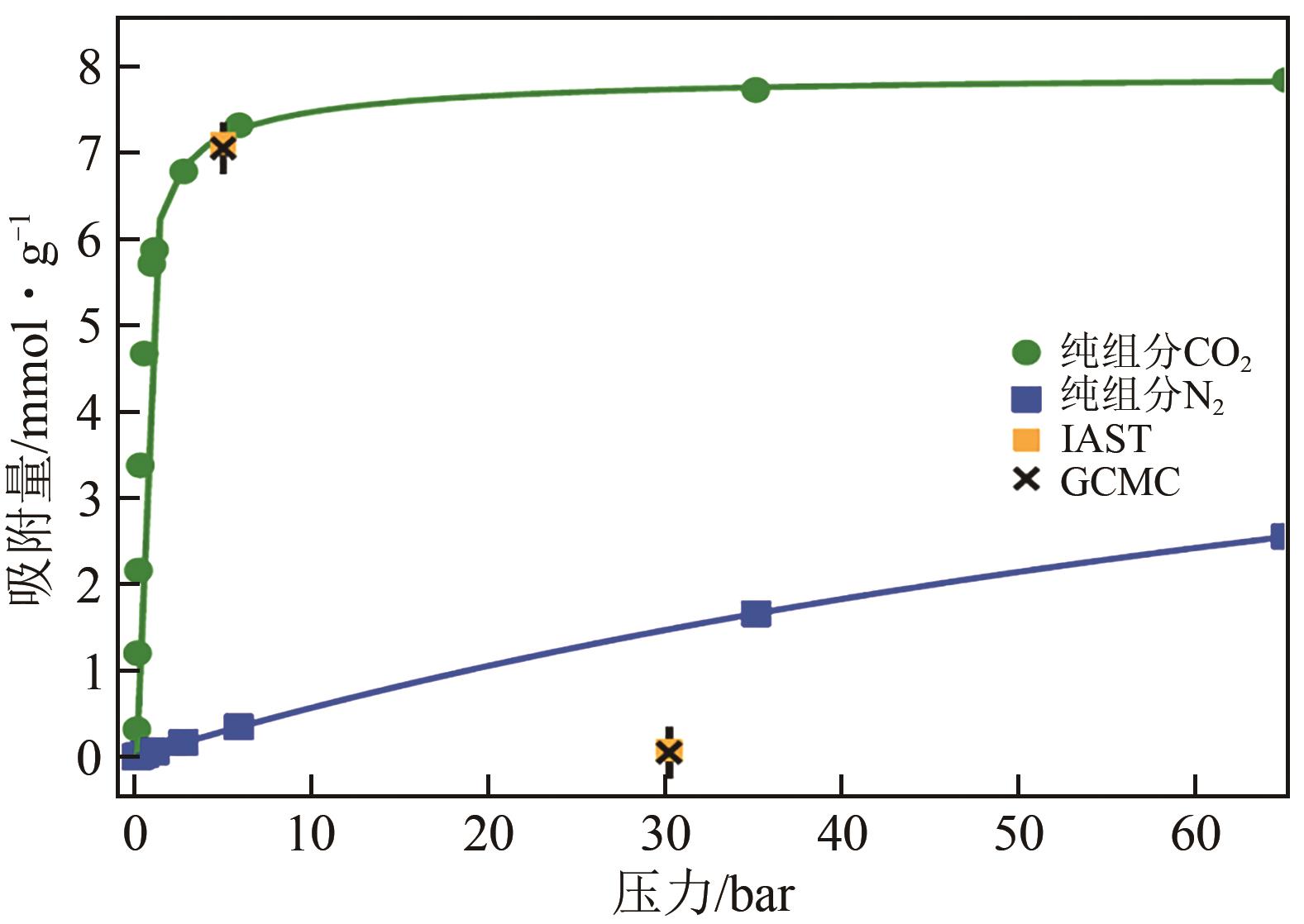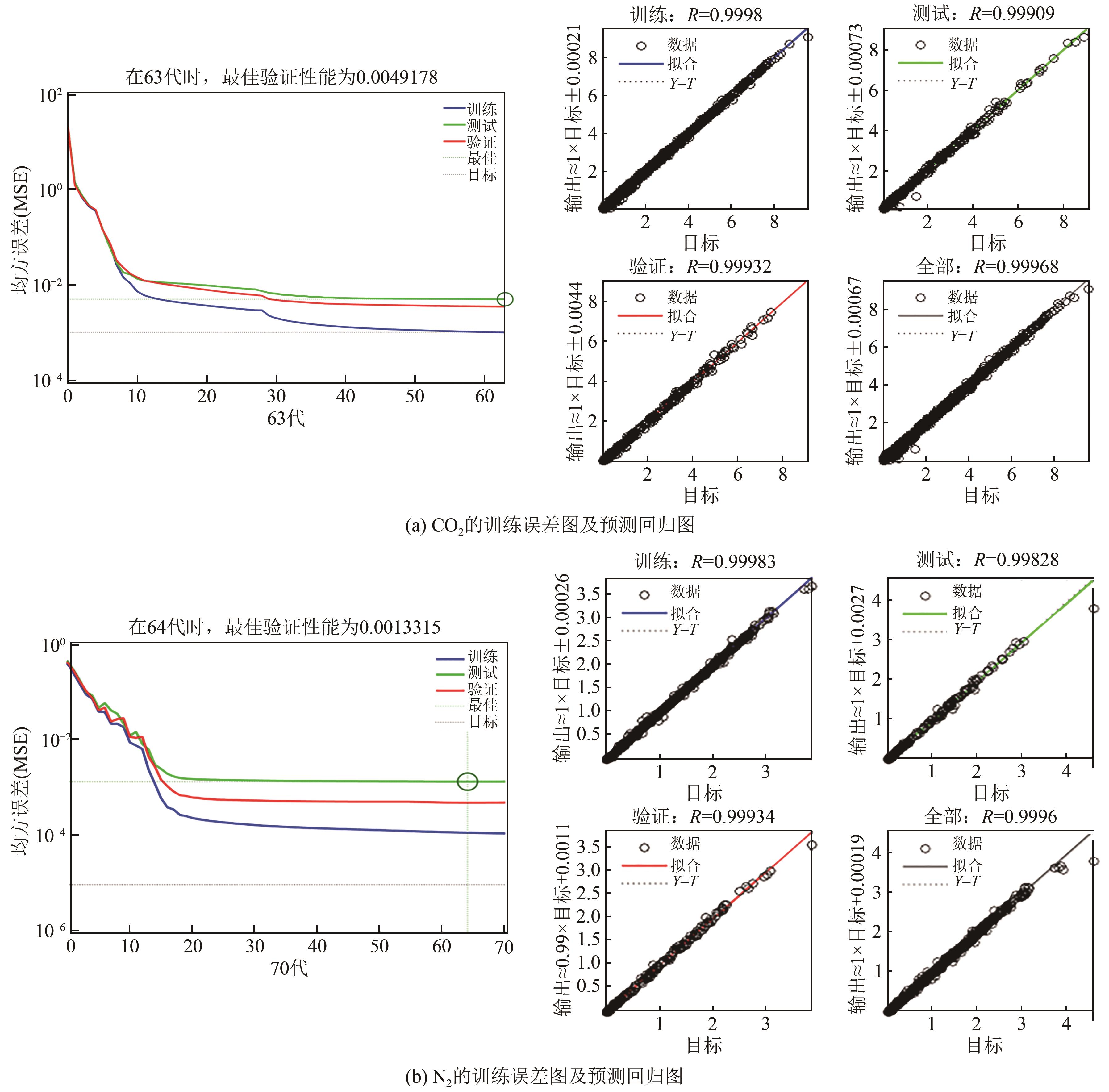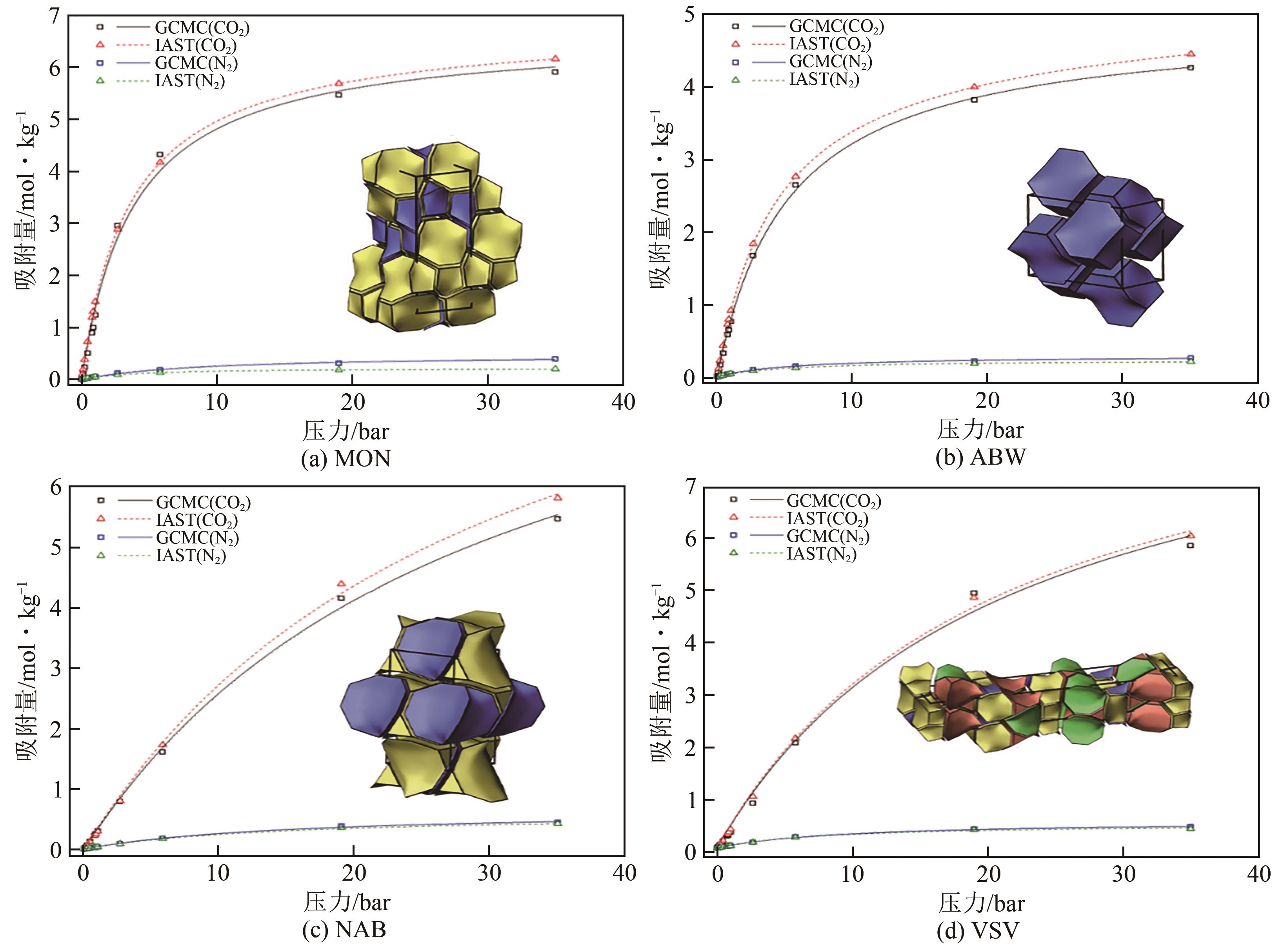| 1 |
CHAO Cong, DENG Yimin, DEWIL Raf, et al. Post-combustion carbon capture[J]. Renewable and Sustainable Energy Reviews, 2021, 138: 110490.
|
| 2 |
Seongbin GA, JANG Hong, LEE Jay H. New performance indicators for adsorbent evaluation derived from a reduced order model of an idealized PSA process for CO2 capture[J]. Computers & Chemical Engineering, 2017, 102: 188-212.
|
| 3 |
WU Luogang, LIU Jiaqi, SHANG Hua, et al. Capture CO2 from N2 and CH4 by zeolite L with different crystal morphology[J]. Microporous and Mesoporous Materials, 2021, 316: 110956.
|
| 4 |
顾玉明. 氮气在分子筛中吸附性质的理论研究[D]. 南京: 南京大学, 2019.
|
|
GU Yuming. Theoretical study on adsorption properties of nitrogen in zeolites[D]. Nanjing: Nanjing University, 2019.
|
| 5 |
Youn Sang BAE, SNURR Randall Q. Development and evaluation of porous materials for carbon dioxide separation and capture[J]. Angewandte Chemie International Edition, 2011, 50(49): 11586-11596.
|
| 6 |
LEPERI Karson, CHUNG Yongchul G, YOU Fengqi, et al. Development of a general evaluation metric for rapid screening of adsorbent materials for postcombustion CO2 capture[J]. ACS Sustainable Chemistry & Engineering, 2019, 7(13): 11529-11539.
|
| 7 |
TONG Minman, LAN Youshi, YANG Qingyuan, et al. High-throughput computational screening and design of nanoporous materials for methane storage and carbon dioxide capture[J]. Green Energy & Environment, 2018, 3(2): 107-119.
|
| 8 |
WIERSUM Andrew D, CHANG Jong San, SERRE Christian, et al. An adsorbent performance indicator as a first step evaluation of novel sorbents for gas separations: application to metal-organic frameworks[J]. Langmuir, 2013, 29(10): 3301-3309.
|
| 9 |
CHUNG Yongchul G, GÓMEZ-GUALDRÓN Diego A, LI Peng, et al. In silico discovery of metal-organic frameworks for precombustion CO2 capture using a genetic algorithm[J]. Science Advances, 2016, 2(10): e1600909.
|
| 10 |
RAHMATI Mahmoud, MODARRESS Hamid. Grand canonical Monte Carlo simulation of isotherm for hydrogen adsorption on nanoporous siliceous zeolites at room temperature[J]. Applied Surface Science, 2009, 255(9): 4773-4778.
|
| 11 |
LIN Shiru, WANG Yekun, ZHAO Yinghe, et al. Machine-learning-assisted screening of pure-silica zeolites for effective removal of linear siloxanes and derivatives[J]. Journal of Materials Chemistry A, 2020, 8(6): 3228-3237.
|
| 12 |
毛海涛. 混合机器学习与机理建模的香精产品设计[D]. 大连: 大连理工大学, 2020.
|
|
MAO Haitao. Fragrance product design with A hybrid machine learning and mechanistic modeling approach[D]. Dalian: Dalian University of Technology, 2020.
|
| 13 |
WANG Sunchong. Interdisciplinary computing in Java programming[M]//Springer Science+Business Media. New York: Kluwer Academic Publishers, 2003: 81.
|
| 14 |
LIU Yue, ZHAO Tianlu, JU Wangwei, et al. Materials discovery and design using machine learning[J]. Journal of Materiomics, 2017, 3(3): 159-177.
|
| 15 |
MALEKIAN Arash, CHITSAZ Nastaran. Concepts, procedures, and applications of artificial neural network models in streamflow forecasting[M]//Advances in Streamflow Forecasting. Amsterdam: Elsevier, 2021: 115-147.
|
| 16 |
ROSENBLATT F. The perceptron: a perceiving and recognizing automaton[R]. New York: Cornell Aeronautical Lab, 1957.
|
| 17 |
WERBOS Paul J. Applications of advances in nonlinear sensitivity analysis[M]//System Modeling and Optimization. Heidelberg: Springer-Verlag, 2005: 762-770.
|
| 18 |
RUMELHART David E, HINTON Geoffrey E, WILLIAMS Ronald J. Learning internal representations by error propagation[R]. Defense Technical Information Center, 1985.
|
| 19 |
BROOMHEAD D, LOWE D. Multivariable functional interpolation and adaptative networks[J]. Complex Systems, 1988, 2: 321-355.
|
| 20 |
ELMAN Jeffrey L. Finding structure in time[J]. Cognitive Science, 1990, 14(2): 179-211.
|
| 21 |
YANN LeCun, YOSHUA Bengio. Convolutional networks for images, speech, and time-series[J]. The Handbook of Brain Theory and Neural Networks, 1995: 255-258.
|
| 22 |
HINTON Geoffrey E, OSINDERO Simon, Yee Whye TEH. A fast learning algorithm for deep belief nets[J]. Neural Computation, 2006, 18(7): 1527-1554.
|
| 23 |
IYER Shachit, DEMIREL Salih E, M M Faruque HASAN. Combined natural gas separation and storage based on in silico material screening and process optimization[J]. Industrial & Engineering Chemistry Research, 2018, 57(49): 16727-16750.
|
| 24 |
SIMON Cory M, SMIT Berend, HARANCZYK Maciej. pyIAST: ideal adsorbed solution theory (IAST) Python package[J]. Computer Physics Communications, 2016, 200: 364-380.
|
| 25 |
ANUROVA Natalia A, BLATOV Vladislav A, ILYUSHIN Gregory D, et al. Natural tilings for zeolite-type frameworks[J]. The Journal of Physical Chemistry C, 2010, 114(22): 10160-10170.
|
| 26 |
Structure Commission of the International Zeolite Association (IZA-SC). Database of Zeolite Structures[DB/OL]. [2022-04-01]. .
|
| 27 |
GOODFELLOW I, BENGIO Y, COURVILLE A. Deep learning[M]. Cambridge: The MIT Press, 2016.
|
| 28 |
MCCULLOCH Warren S, PITTS Walter. A logical calculus of the ideas immanent in nervous activity[J]. The Bulletin of Mathematical Biophysics, 1943, 5(4): 115-133.
|
| 29 |
MYERS A L, PRAUSNITZ J M. Thermodynamics of mixed-gas adsorption[J]. AIChE Journal, 1965, 11(1): 121-127.
|
| 30 |
HAND D W, LOPER S, ARI M, et al. Prediction of multicomponent adsorption equilibria using ideal adsorbed solution theory[J]. Environmental Science & Technology, 1985, 19(11): 1037-1043.
|
| 31 |
BABARAO Ravichandar, HU Zhongqiao, JIANG Jianwen, et al. Storage and separation of CO2 and CH4 in silicalite, C168 schwarzite, and IRMOF-1: a comparative study from Monte Carlo simulation[J]. Langmuir: the ACS Journal of Surfaces and Colloids, 2007, 23(2): 659-666.
|
| 32 |
CESSFORD Naomi F, SEATON Nigel A, Tina DÜREN. Evaluation of ideal adsorbed solution theory as a tool for the design of metal-organic framework materials[J]. Industrial & Engineering Chemistry Research, 2012, 51(13): 4911-4921.
|
| 33 |
ROTHER J, FIEBACK T. Multicomponent adsorption measurements on activated carbon, zeolite molecular sieve and metal-organic framework[J]. Adsorption, 2013, 19(5): 1065-1074.
|
| 34 |
FRENKEL D, SMIT B. Understanding molecular simulation second edition from algorithms to applications computational science series vol 1[M]. Academic Press, Inc, 2001.
|
| 35 |
WILMER Christopher E, FARHA Omar K, Youn Sang BAE, et al. Structure-property relationships of porous materials for carbon dioxide separation and capture[J]. Energy & Environmental Science, 2012, 5(12): 9849-9856.
|
| 36 |
SUMER Zeynep, KESKIN Seda. Ranking of MOF adsorbents for CO2 separations: a molecular simulation study[J]. Industrial & Engineering Chemistry Research, 2016, 55(39): 10404-10419.
|
| 37 |
DUBBELDAM David, CALERO Sofía, ELLIS Donald E, et al. RASPA: molecular simulation software for adsorption and diffusion in flexible nanoporous materials[J]. Molecular Simulation, 2016, 42(2): 81-101.
|
| 38 |
GARCÍA-PÉREZ E, PARRA J B, ANIA C O, et al. A computational study of CO2, N2, and CH4 adsorption in zeolites[J]. Adsorption, 2007, 13(5/6): 469-476.
|
| 39 |
HASSE DAVID J, KULKARNI SUDHIR S, SANDERS EDGAR S JR, et al. Method of obtaining carbon dioxide from a carbon dioxide-containing gas mixture by means of a membrane and condensing: EP2512623[P]. 2016-11-02.
|
| 40 |
袁俊鹏, 刘秀英, 李晓东, 等. 沸石分子筛对CH4/H2的吸附与分离性能[J]. 物理学报, 2021, 70(15): 209-218.
|
|
YUAN Junpeng, LIU Xiuying, LI Xiaodong, et al. Molecular simulation for adsorption and separation of CH4/H2 in zeolites[J]. Acta Physica Sinica, 2021, 70(15): 209-218.
|
 ), ZHANG Lei(
), ZHANG Lei( ), DU Jian
), DU Jian





